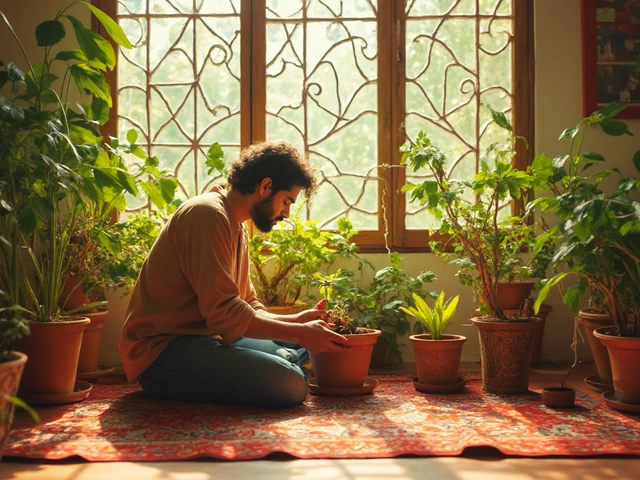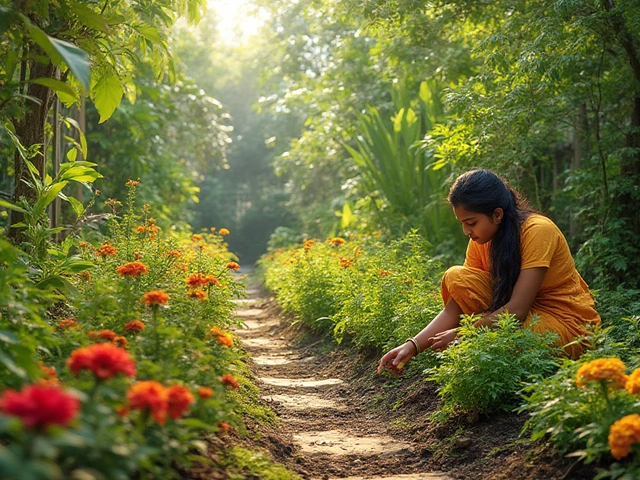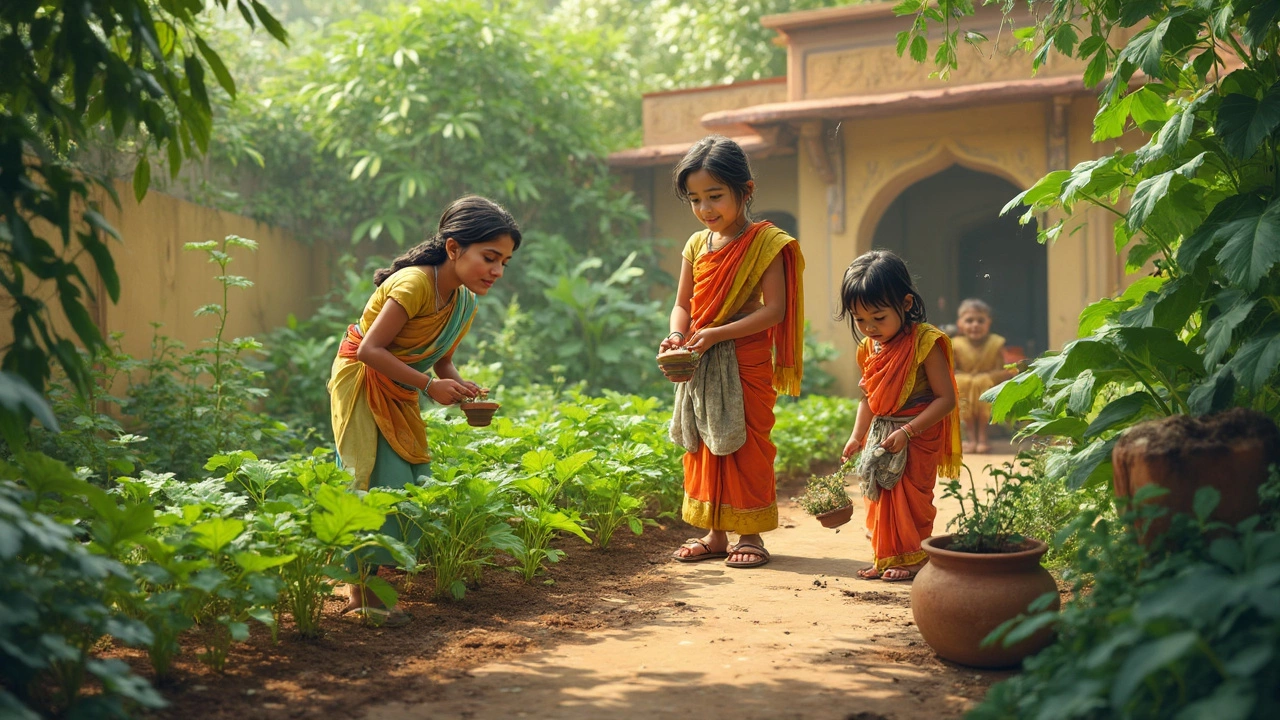Water‑Saving Crops – Grow More with Less Water
Do you worry about running out of water for your garden? In many parts of India, water scarcity is a real challenge, but you don’t have to give up a good harvest. Choosing crops that need less water and using smart watering methods can keep your garden productive and your water bill low.
Choosing the Right Water‑Saving Crops for Your Region
First, pick crops that are naturally drought‑tolerant. Millets like sorghum, pearl millet, and finger millet thrive on minimal irrigation and are perfect for dry zones. Legumes such as pigeon pea, moth bean, and cowpea fix nitrogen and survive on occasional rain. Leafy greens like amaranth and malabar spinach grow fast and can handle heat without frequent watering.
Look at your local climate and soil type. If you have heavy clay, add sand or compost to improve drainage – that helps roots get the water they need without staying soggy. In sandy soils, mulching with dry leaves or straw reduces evaporation and keeps the soil cool.
Simple Techniques to Maximize Water Efficiency
Even the most drought‑tolerant plant will benefit from smart irrigation. Drip irrigation delivers water right to the root zone, cutting waste by up to 70% compared to sprinklers. Bury the drip lines about 2‑3 inches deep to protect them from sun and accidental damage. If you’re on a tight budget, use simple soaker hoses or recycled plastic bottles with tiny holes as low‑cost drip emitters.
Timing matters too. Water early in the morning or late in the evening when evaporation is low. A quick soak once a week is usually enough for millets and legumes, but check the soil – it should be moist an inch below the surface but not soggy.Mulch aggressively. A layer of straw, dried leaves, or even shredded coconut coir can cut water loss by half. Mulch also suppresses weeds, which compete for water and nutrients.
Lastly, practice crop rotation. Alternating water‑saving crops with more water‑intensive ones lets the soil recover and reduces pest buildup. For example, follow a millet cycle with a short‑duration vegetable like okra before returning to millets.
By picking the right crops and pairing them with drip irrigation, mulching, and proper timing, you can keep your garden thriving even when the monsoon is late. Start small – try a few rows of sorghum or pigeon pea and watch how little water they need. Once you see the results, expand to other drought‑tolerant varieties and enjoy a greener, more resilient garden year after year.
Most Sustainable Vegetable to Grow: What Actually Wins?
Trying to grow your own food but want to make the most eco-friendly choice? This article breaks down which vegetable tops the list for sustainability, from how much water and space it needs, to how tough it is against pests. You'll get straightforward advice, fun facts, and simple tips that actually make a difference. Find out how your home garden can leave a lighter mark on the planet. Make your next crop count for both you and the earth.
About
Sustainable Gardening
Latest Posts

Revive Your Indoor Garden: Expert Tips for Restoring Plants
By Alden Thorne Jan 15, 2025

Root Rot Signs: Spotting Trouble in Your Indoor Plants
By Alden Thorne Feb 9, 2025

Sister Plants: The Science and Benefits of Companion Planting for Gardeners
By Alden Thorne Jul 19, 2025

